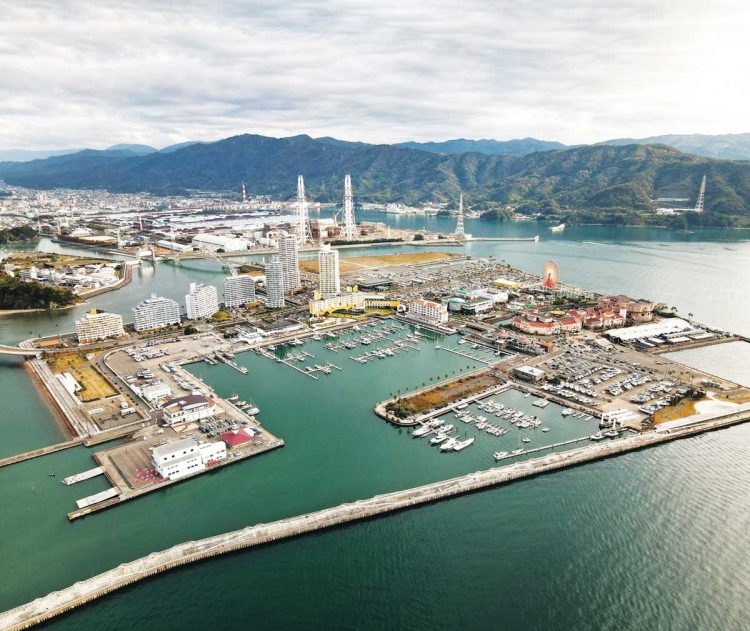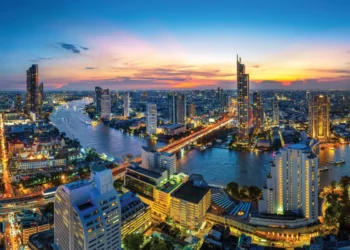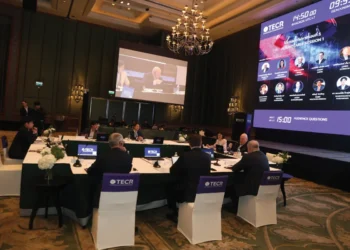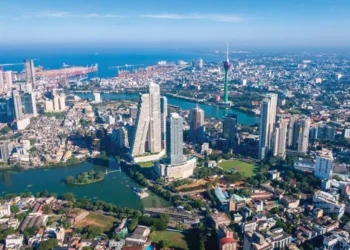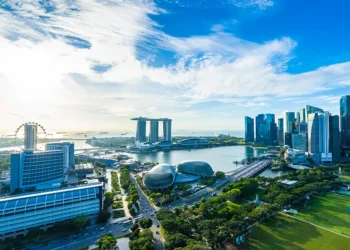Wakayama Marina City has long been touted as the best hope to spark Wakayama’s economic recovery. Now it is hoped an integrated resort can make the dream a reality
Around two hours by train from Osaka followed by a short taxi ride, the final steps across a sun-drenched bridge into Wakayama Marina City feel like walking into another country.
At 65 hectares in size, this is the candidate site for Wakayama’s integrated resort should it succeed in its planned national government bid alongside recently selected operator partner, Clairvest Neem Ventures.
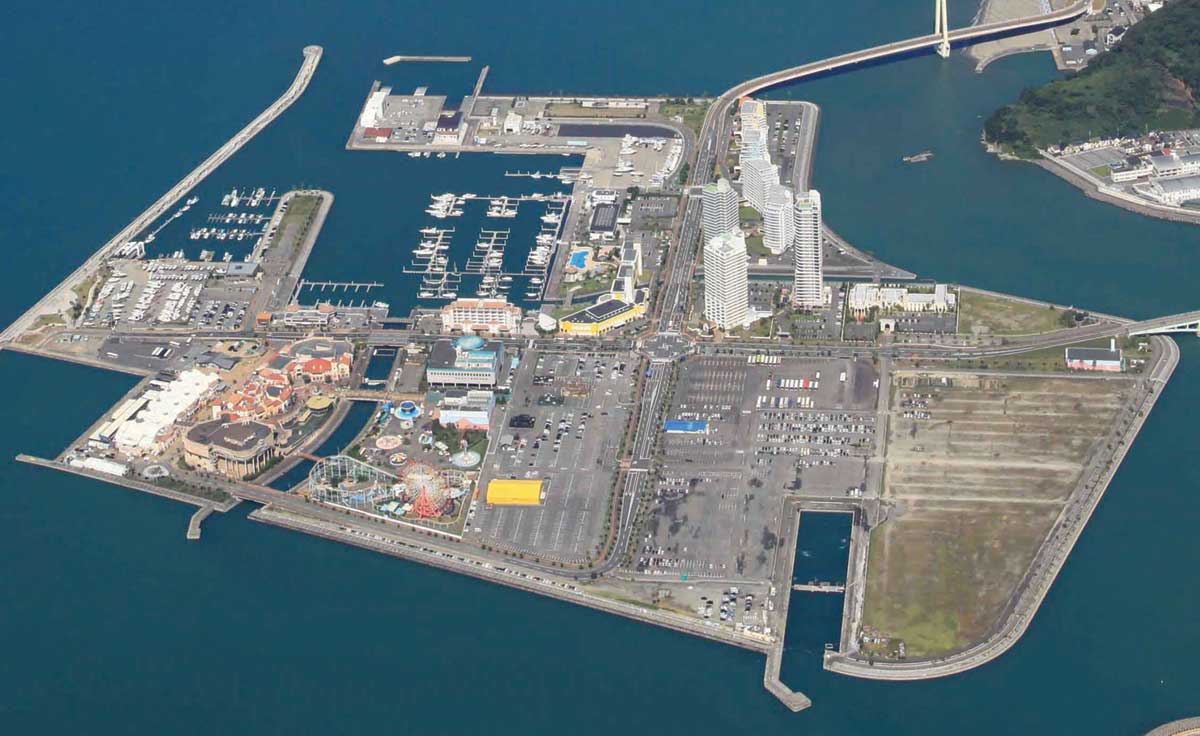 It is also the most developed site of any of the nation’s four candidate IR sites – the others being Nagasaki’s Huis Ten Bosch, Yokohama’s Yamashita Pier and Osaka’s Yumeshima Island.
It is also the most developed site of any of the nation’s four candidate IR sites – the others being Nagasaki’s Huis Ten Bosch, Yokohama’s Yamashita Pier and Osaka’s Yumeshima Island.
In the center of Wakayama Marina City is the yellowish Southern European Wakayama Marina City Hotel, which neighbors popular theme park Porto Europe and the Kuroshiro Market, dealing in local seafood. It is a complex area that also features hot springs, a fishing pier park and the largest marina in Western Japan. Some might say it already has the makings of an IR, minus the casino.
Pre-COVID, there were around 2.5 million visitors to the island annually.
SITE UNSEEN
Wakayama Governor Yoshinobu Nisaka’s confidence in the candidate site likely stems from the infrastructure already in place on Marina Island.
“Being complete for 25 years already, Wakayama is the only location where the land is completely finished,” he said during a recent press conference.
Should Wakayama win approval from the national government next year, and proceed with development, the IR would reside on an area measuring 21 hectares on the south side of the island. Currently the site is being used for temporary facilities like parking lots, but the majority of it is vacant.
The prefecture has already decided to purchase the land for JPY 7.7 billion (US$70 million), and should the bid prove successful Wakayama will then on-sell the land to Clairvest Group at the same price. If the bid is not successful, the prefecture will not buy the land.
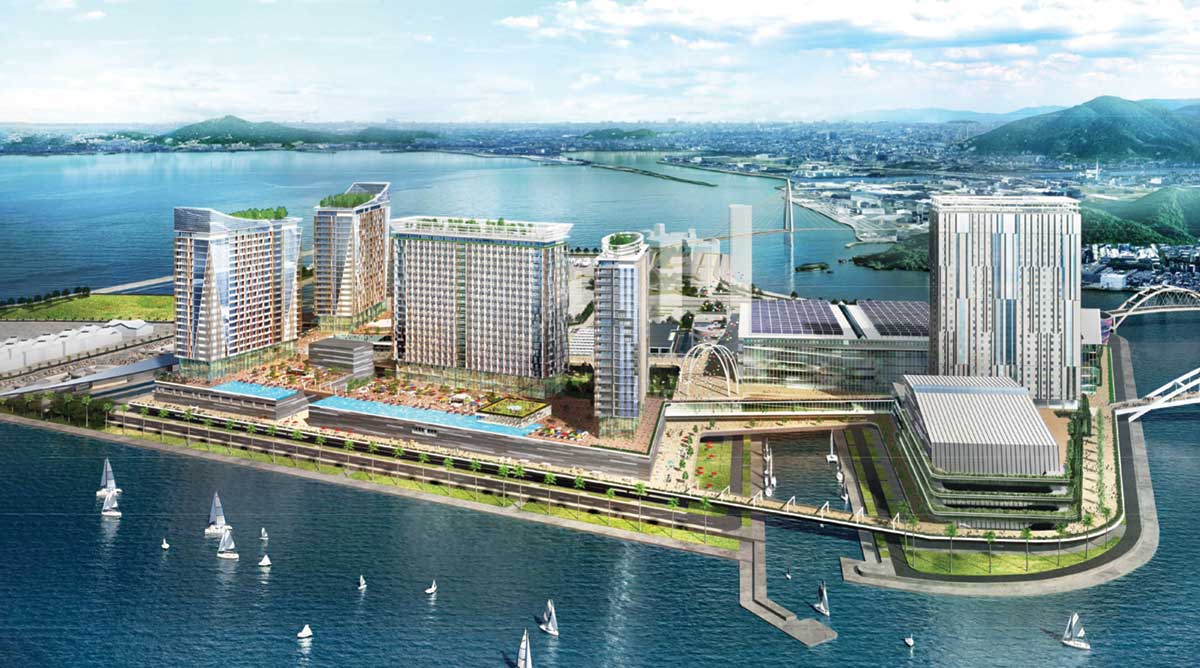 ACCESS ADVANTAGE?
ACCESS ADVANTAGE?
Wakayama Marina City is located about 10 kilometers from Wakayama station, and it takes about 40 minutes by car or train from Kansai International Airport. In March, Wakayama city and Nankai Electric Railway held test runs of an articulated bus service, and there will be efforts to develop an environment for “stress-free” transport going forward.
Renowned for its fresh seafood, particularly tuna, sea urchin and Ise lobster, as well as crops like tangerines and Japanese apricots, the area boasts Japan Heritage site Wakanoura plus World Heritage sites Koyasan – with its ancient temple settlements – and the Kumano Kodo trails. Around 3 million people a year visit the ocean resort town of Shirahama.
The IR site itself claims a waterfront location as one of its major selling points, and it was with this in mind that one of the prefecture’s original candidate operators, Suncity Group, had proposed to help make Wakayama a global mecca for international sailing competitions.
BACK IN THE SPOTLIGHT
Wakayama Marina City is part of the Wakayama Comprehensive Long-term Plan for resorts drafted by the prefecture starting in 1986, in conjunction with the opening of Kansai International Airport. Tourism development was proceeding under the supervision of Matsushita Industries, a subsidiary of Matsushita Electric (now Panasonic).
Part of the reason for this was Konosuke Matsushita, founder of the group and a Wakayama native. He’s responsible for the books “National Land Creation Theory” and “Theory of Making a Country a Travel Destination”, and was deeply involved in Wakayama’s tourism development. When Kansai International Airport opened in 1994, the World Resort Exposition was held. It was considered a massive success with a record of 3 million visitors over 72 days.
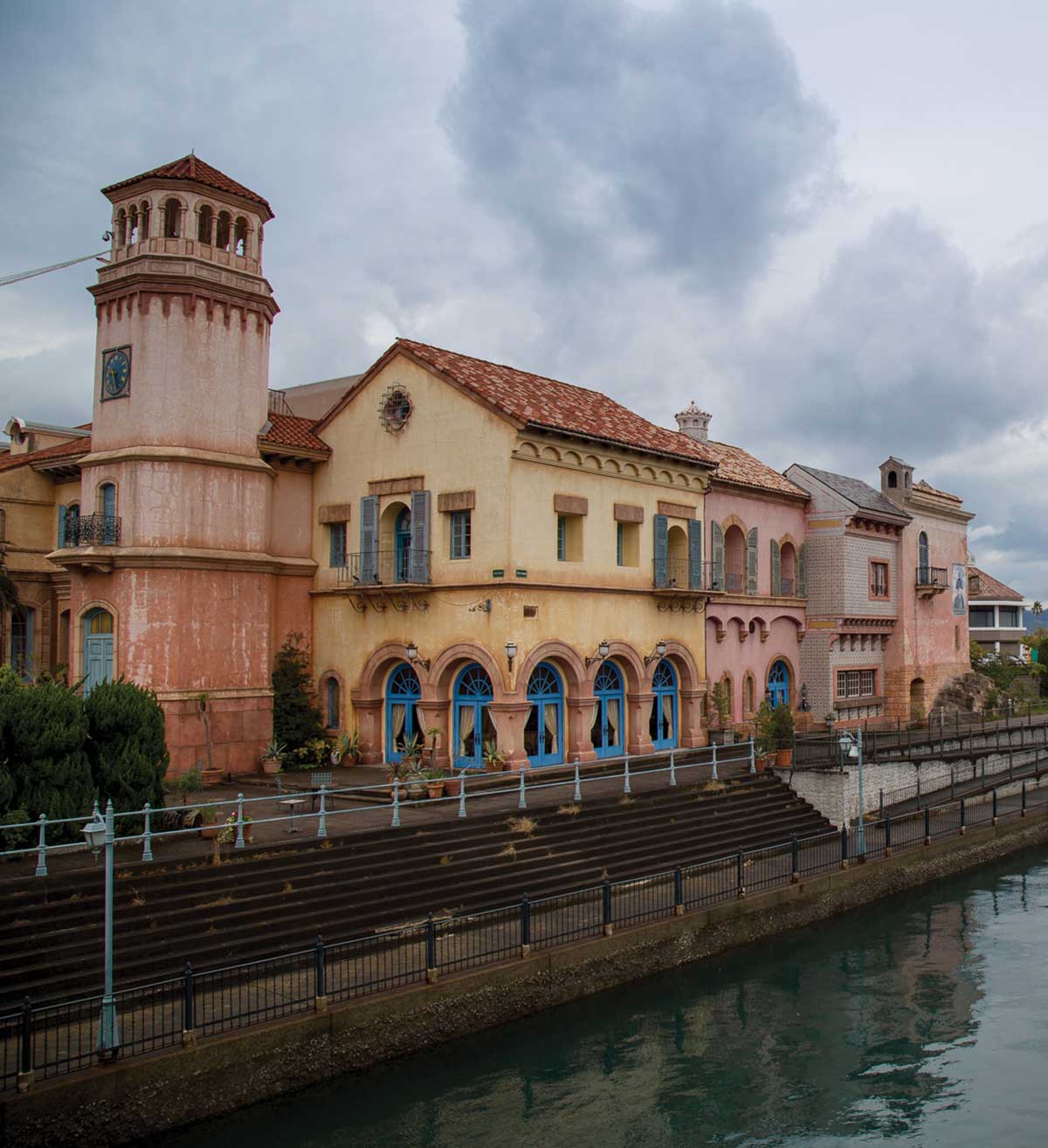 Akira Adachi, executive director of Wakayama Marina City Co Ltd, who proposed the candidate site, also expressed how these works moved him.
Akira Adachi, executive director of Wakayama Marina City Co Ltd, who proposed the candidate site, also expressed how these works moved him.
“I have read ‘National Land Creation Theory’,” he said. “Japan is small so you reduce mountains and fill in land. That’s why it’s still here.”
However, a lot has happened since then. In 1997, the resort condominiums Pacific Vista were completed. In 1998, Wakayama Marina City Royal Pines Hotel (now Wakayama Marina City Hotel) opened but lost its momentum in the early 2000s. After Matsushita Industries withdrew, there were murmurs of a “negative legacy”, and a foreign investment fund ultimately became the commissioning entity.
Marina City finally returned to the spotlight again in 2016. When Japan’s IR Promotion Bill was enacted, Wakayama city and prefecture jumped at the chance to bid, and in 2017 Wakayama Marina City was unified as the candidate site.
However, concerns over Wakayama’s proximity to Osaka, where MGM Resorts looks certain to be named as candidate operator and remains a favorite to win national selection, have tempered operator interest. Only two candidates took part in Wakayama’s RFP, and after Suncity Group – which achieved a higher score from the operator selection committee following its proposal examination in April – announced its sudden withdrawal in May, the prefecture ultimately named Clairvest as its partner. Clairvest has since named William Weidner-backed AMSE Resorts Japan and French casino operator Groupe Partouche as its consortium partners, with the consortium and prefecture to now work together to create a development plan and apply to the national government by 28 April 2022.
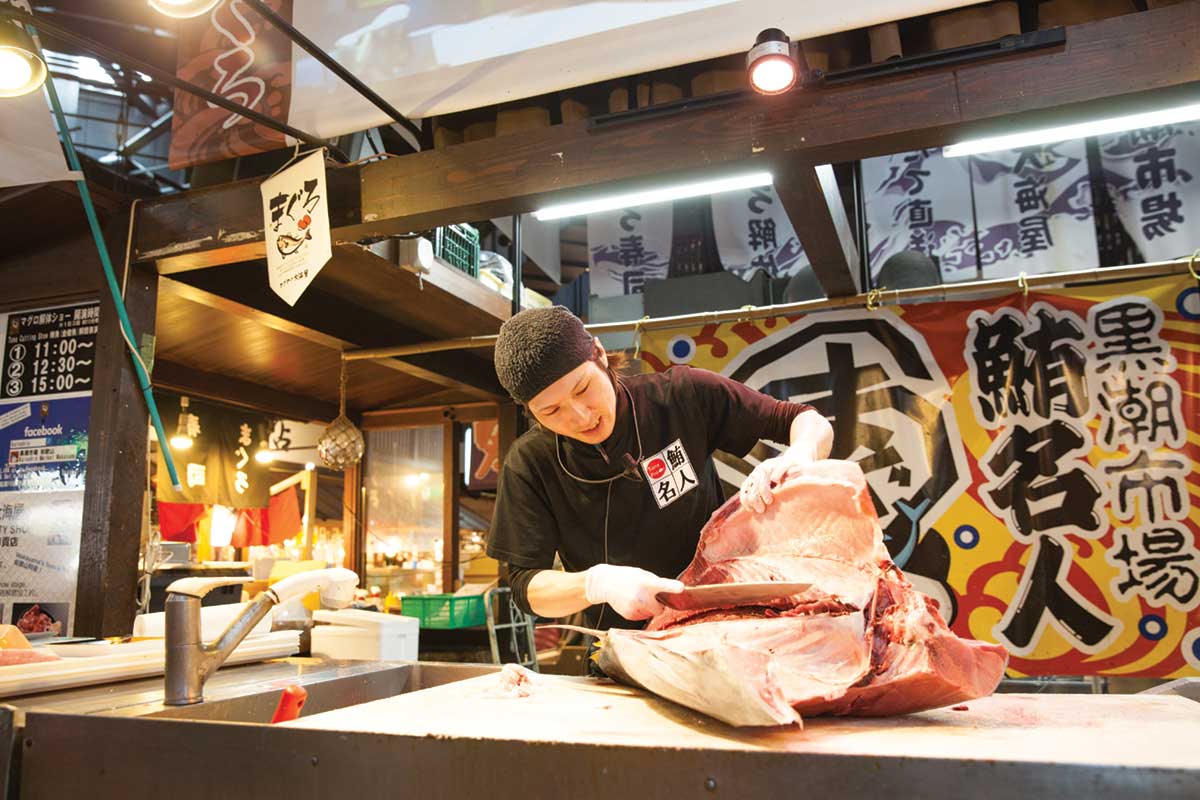 LAST CHANCE
LAST CHANCE
Kishu Wakayama was prosperous as an important marine traffic point during the Edo period from 1603 to 1868 and had the third most populated city of the six prefectures of Kansai, but now the prefecture’s population has dropped below 1 million.
Securing employment and economic stimulation are pressing issues. Akihiro Yamaji, Planning Advertising Department Director for Wakayama Marina City, agrees with Adachi, stating, “We have failed in major corporate bids multiple times due to opposition movements. We can’t fail again. An IR bid is Wakayama’s last chance.”






